
A Cheyenne legend of the creation of the Big Dipper. When a Native American girl begins to make clothes beautifully decorated with porcupine quills for seven brothers she has not yet met, her parents believe that unseen powers have spoken to her. The girl knows she must travel to the north country to find the seven brothers. She comforts her mother by saying, “Soon you will see me again with my brothers; everyone will know and love us!”
Her Seven Brothers
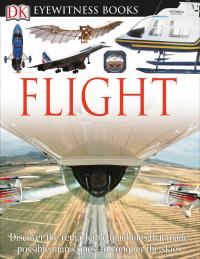
A photo essay tracing the history and development of aircraft from hot-air balloons to jetliners includes information on the principles of flight and the inner workings of various flying machines.
Flying Machine
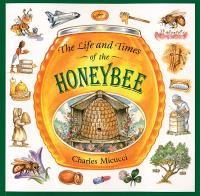
Why do beekeepers use smoke machines when collecting honey? Can a bee really sting only once? Why do bees “dance”? Get an introduction to the life cycle, social organization, and history of one of the world’s most useful insects. Learn how bees make honey, what a beekeeper does, and products that contain beeswax — everything from lipstick to waxes for buffing surfboards.
The Life and Times of the Honeybee
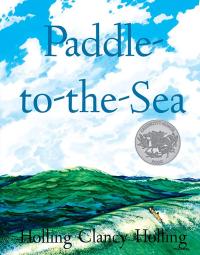
A youngNative American boy carves a little canoe with a figure inside and names him Paddle-to-the-Sea. Paddle’s journey, in text and pictures, through the Great Lakes to the Atlantic Ocean provides an excellent geographic and historical picture of the region.
Paddle-to-the-Sea

Beginning and ending with discussions of the water cycle, Hiscock explains that the three rivers gather water from throughout the middle of the U.S. and form the world’s third largest tidal basin. The book focuses on the 1993 floods in the Midwest, showing how unusual weather patterns affected rainfall, what happened when the rivers overflowed their banks, and how people prepared for the flooding and handled it after it came.
The Big Rivers: The Missouri, the Mississippi, and the Ohio
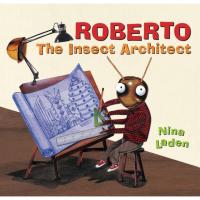
Ever since he was a wee mite (a termite, that is), Roberto has wanted to be an architect. Discouraged by his wood-eating family and friends, he decides to follow his dream to the big, bug city. There he meets a slew of not-so-creepy, crawly characters who spark in him the courage to build a community for them all.
Roberto, The Insect Architect

Caution! Construction zone ahead! Anyone who has ever stopped to watch a big building going up — and who hasn’t? — will enjoy this behind-the-scenes look at an amazing construction project.
Construction Zone
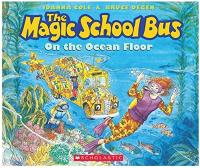
When Ms. Frizzle drives the Magic School Bus full speed ahead into the ocean, the class takes a submarine expedition that’s anything but ordinary. With a well-meaning lifeguard in tow, the class takes a deep breath and learns about hot water vents, coral reefs, plant and animal life on the ocean floor, and more!
The Magic School Bus on the Ocean Floor
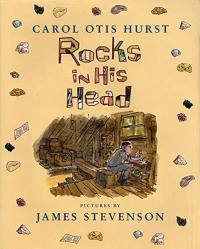
Some people collect stamps. Other people collect coins. Carol Otis Hurst’s father collected rocks. Nobody ever thought his obsession would amount to anything. They said, “You’ve got rocks in your head” and “There’s no money in rocks.” But year after year he kept on collecting, trading, displaying, and labeling his rocks. The Depression forced the family to sell their gas station and their house, but his interest in rocks never wavered. And in the end the science museum he had visited so often realized that a person with rocks in his head was just what was needed.
Rocks in His Head
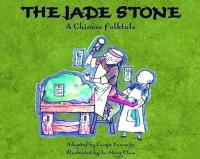
When the great emperor of China demands that Chan Lo carve him a dragon of wind and fire, Chan Lo is overwhelmed. No matter how hard he listens to the perfect jade stone, he does not hear dragons. This Chinese folktale is warmly illustrated, evoking the majesty of ancient China and the gentle message of artistic truth.
The Jade Stone: A Chinese Folktale
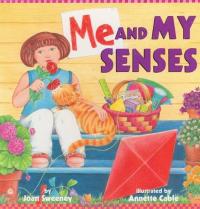
What do you smell with? How can you see? What’s that you hear? Me and My Senses introduces children to the five senses and teaches the basics of how they work.
Me and My Senses

A gentle, poetic good-night book, with diverse parents and children — plus 16 different, slightly anthropomorphic animals- — settling down to sleep. The book that shows the ways different types of animals sleep, depicting Chinese golden monkeys, deer, sea otters, elephants, hummingbirds, and other creatures.
Animals Don’t Wear Pajamas

A chill is in the air and Bear knows it is time for her winter nap. But first, she must tell Snail. And Snail must tell Skunk. And Skunk must tell Turtle. Each animal who tries to put off going to sleep just a little longer sees, smells, hears, or tastes the signs of the impending season. Finally, Ladybug rushes off to tell Bear — already asleep in her cave — the exciting news. A warm-hearted story about animals of the forest settling down for their winter nap. But, like children who must go to bed for the night, they each find a way to put it off just a little bit longer.
Time to Sleep
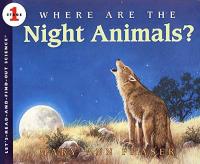
Learn about various nocturnal animals and their nighttime activities, including the opossum, brown bat, and tree frog.
Where Are the Night Animals?
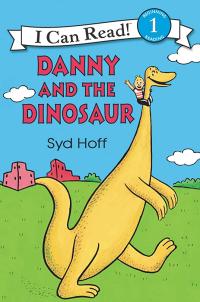
Danny loves dinosaurs! When he sees one at the museum and says, “It would be nice to play with a dinosaur,” a voice answers, “And I think it would be nice to play with you.” So begins Danny and the Dinosaur’s wonderful adventures together. For Danny and his prehistoric playmate, even the most everyday activities become extraordinary, like finding a big-enough place to hide a dinosaur in a game of hide-and-seek. But Danny can teach an old dinosaur new tricks. It’s the most fun this dinosaur has had in a hundred million years!
Danny and the Dinosaur

A giant meteor blasts an enormous crater into Earth’s surface, causing the end of what scientists call the Age of Dinosaurs. Gail Gibbons presents the most recent and up-to-date theories about the history of dinosaurs and dinosaur discoveries. She discusses the Triassic, Jurassic, and Cretaceous periods and the non-bird dinosaurs that lived during each time. Each dinosaur is explored in just the right amount of detail for young paleontologists, as this book brings these magnificent creatures to life again.
Dinosaurs!
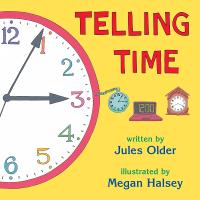
Telling time becomes clear and easy for young readers in this bright and lively introduction to measurements of time. From seconds to minutes, hours to days, exploring what time is and discovering why we need to tell time, helps young readers understand more than ‘the big hand is on the one and the little hand is on the two’. Megan Halsey’s playful illustrations depict imaginative digital and analog clocks that range in design.
Telling Time

This DK Level 1 Reader describes the daily life of a musician through the eyes of a violinist and her daughter.
A Day in the Life of a Musician

Saxophone-playing Miles and his Swamp Band find a bevy of sharp-toothed, long-tailed alligators who love to listen to their music. But little do Miles and his band know what the alligators plan for them at the close of their jubilant all-night ball! Inspired by a traditional song, this vibrant picture book is “ebullient, fast-paced, and funny.”
Mama Don’t Allow
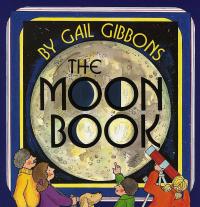
Shining light on all kinds of fascinating facts about our moon, this simple, introductory book includes information on how the moon affects the oceans’ tides, why the same side of the moon always faces earth, why we have eclipses, and more.
The Moon Book
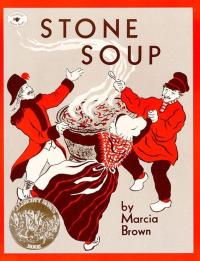
Clever soldiers outwit greedy townspeople with the creation of a special soup in this cherished classic. Three soldiers come marching down the road towards a French village. The peasants, seeing them coming, suddenly become very busy, for soldiers are often hungry. All their food is hidden under mattresses or in barns. Then follows a battle of wits, with the soldiers equal to the occasion. Why, of course—even with no food, they can still make a wonderful soup! All they will need is three round stones. But to make a truly perfect stone soup, they will of course also need a carrot or two…a cabbage…and so it goes.
Stone Soup
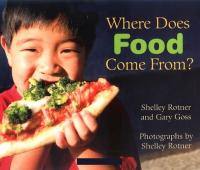
This nonfiction book explains the origins of many foods, including chocolate, french fries, bread, and salt.
Where Does Food Come From?
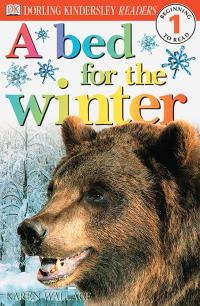
The story of a little dormouse and his frantic search for a safe place to hibernate.
A Bed for Winter

This book provides a good introduction to basic science concepts like photosynthesis, gravity, and the sun’s effect on weather in an easy-to-understand format. Science vocabulary such as “nuclear fusion,” “electromagnetic energy,” “photosphere,” are explained in both text and illustrations. The book includes 10 comic-strip-style panels of “Did You Know?” interesting facts.
